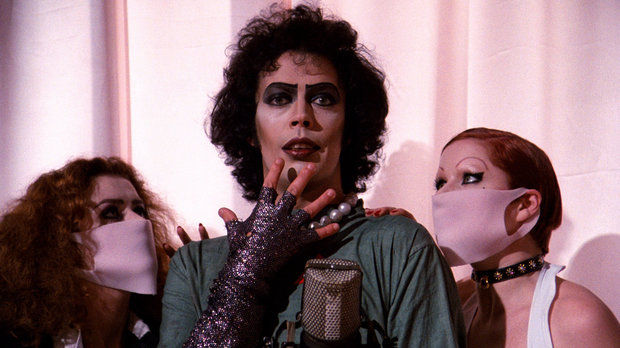In the early 1990s, before information about offbeat movies was available at the click of a mouse, budding film nuts like myself had to find out about oddities and rarities any way we could. Nestled among the Leonard Maltin guides, Roger Ebert annuals, and Videohound’s Golden Movie Retriever volumes (remember those, oldsters?) at the video store where I worked just out of college, there were three books that opened doors for me and thousands of others.
Danny Peary’s “Cult Movies” was published in 1981, followed by “Cult Movies 2” in 1983 and (you guessed it) “Cult Movies 3” in 1989. Between them, these well-thumbed tomes listed 200 films known for their fervent followings. They included certified Hollywood classics (“Citizen Kane,” “The Maltese Falcon,” “Singin’ in the Rain”), B-movie landmarks (“Plan 9 from Outer Space,” “Reefer Madness,” “Little Shop of Horrors”), and the sort of titles for which the term “cult movie” was invented (“Eraserhead,” “Pink Flamingos,” “The Rocky Horror Picture Show”).
Peary’s essays on those films were always illuminating, but the real treat was reading his descriptions and analyses of movies that were, at that time, almost impossible to see. This was back when films like “Walkabout” and “El Topo” weren’t legally available on VHS or laserdisc (ask your parents about those formats), much less truly neglected films like the 1940 musical “Dance, Girl, Dance” or the Rock Hudson eye-opener “Seconds.”
Reading Peary’s pontifications whetted the collective appetite of cinephiles, and helped demonstrate to reluctant studios that there was a home video market for this stuff. Now his essays are being re-released and repackaged as three volumes of e-books: “Cult Horror Movies,” “Cult Midnight Movies,” (both available now) and “Cult Crime Movies” (coming in December). Between those three, about half of the film profiles in the earlier books are being reprinted. It’s not clear why the reorganization was necessary, but hopefully the rest will follow in future themed releases.
In a perfect world, Peary (who writes about sports more than cinema these days) would have revisited these films and offered some fresh insights, or perhaps even certified some newer movies as cult classics — the most recent one in the original trilogy is “Blue Velvet.” Now that “Andy Warhol’s Bad” can be streamed instantly through Amazon, and you can pick up a used DVD of “Nightmare Alley” for $5, these books don’t carry the allure of forbidden fruit. But they still serve as examples of passionate, knowledgeable film criticism, and they offer a multitude of options when you want something more interesting than “Horrible Bosses 2.”

